Young children love to help in the kitchen. A helper tower makes it easy to involve your child, offering a safe standing platform that prevents falls. As a Montessori teacher and mom of three, I've seen these benefits firsthand. Yet, other parents often ask me, "Are helper towers safe?" or "Aren't you scared they'll hurt themselves?" when they see my kids cooking.
Are learning towers safe? Read on to learn how to use a helper tower safely and discover the truth behind common helper tower myths.
How to Use a Helper Tower: The Basics
A helper tower, also known as a toddler learning tower or kitchen tower is a hybrid stool and ladder featuring a secure railing around the waist area. Toddler towers provide a stable surface on which toddlers can stand to safely reach kitchen counters, the sink, and more.
To use a helper tower safely, there are a few basic rules to follow:
Use the Correct Platform Height
You can check that the height is correct after your child climbs into the tower. The railing should hit your child's waist when they're standing on the platform.
You can adjust our Foldable Helper Tower platform height as your child grows. Using the correct height helps ensure your child is safe.

Always Supervise
Stay in the kitchen with your child while using the helper tower and keep an eye on them.
When you're not available to help your child use the helper tower, put it away out of reach. If you have our Mini Chef Foldable Helper Tower, you can simply fold it and hang it on the Wall Hook. You can turn our Convertible Helper Tower into a table and bench.
Guide Your Child
Teach your child how to use the helper tower correctly. One way is to praise your child when they follow instructions and use the tower safely. For example, you might say, "Thank you for standing still!" or "It's so nice to have you help in the kitchen!"
Your child might try to climb onto counters or sit on the railing. Explain to your child that this is dangerous and that you'll have to put the tower away if they use it incorrectly.
In my experience, one or two times putting the tower away for a few minutes is all it takes for your child to start listening. A few minutes of upset is worth learning to use the tower correctly.
Read this post for more discipline tips.
Toddler Tower Age
What's the best learning tower age? The exact age to start using a tower depends on your child's development. Your child should be able to stand independently. For most children, the best age to start using a helper tower is around 18 months.
In my case, my three children all helped in the kitchen starting around 14 to 16 months. Each child had their favorite activities. My oldest loved washing dishes, while my daughter preferred anything related to baking. My youngest liked chopping vegetables.
Ultimately, it's up to you to decide when your child is ready. Most children enjoy a helper tower during their toddler years and may stop using one around age six. My youngest is six and he still uses a tower to work side-by-side with me. He especially loves making his own salads now.
6 Myths vs. Facts About Kitchen Helper Towers
Toddler towers are growing more popular. Yet, many people still misunderstand their purpose, how they work, and how to use them. Here are some common myths about helper towers.
Myth 1: Helping Towers Are Dangerous
When compared to climbing on chairs, stools, or the cabinets themselves, a helper tower is a much safer alternative. The railing around the back of the helper tower helps prevent toddlers from stepping off like they might with a chair or stool.
Many helper towers also come with additional safety products. For example, Grip Slippers add stability for slippery floors and wiggly toddlers. A Helper Tower Safety Net also provides added safety and can prevent your child from falling.

Myth 2: My Toddler Is Too Young to Help Cook
In my experience, you're never too young to cook. Even one-year-olds can enjoy stirring batter for pancakes or washing dishes. Yes, it's true they don't really help at first. But, they build skills quickly.
Plus, there are some real benefits to gain from teaching your children to cook and bake at a young age. I can personally attest to the fact that my children are more willing to try meals when they help cook them. So, bring on the broccoli and spinach!
Before they can help much, little ones simply want to get up to counter height to see the action. Instead of grabbing your leg, or sitting on your hip, they can stand on the helper tower. As they watch, they learn.
Looking for some toddler-friendly recipes? Try these with your little one!
Myth 3: My Kid Will Outgrow the Toddler Tower Too Quickly
Many toddler towers grow with your child. For example, the standing platform on our Foldable Helper Tower has an adjustable height. You can simply move the platform down as your child gets taller.
Plus, our Foldable Helper Tower also doubles as a step stool for adults! Easily reach high cabinets in the kitchen with the tower, even years after your toddler stops using it.
Myth 4: It Won't Work for My Child. They'll Grab Knives, Outlets, and Hot Pans!
Believe me, I understand the fears. I still get nervous when watching my perfectly capable 9-year-old using a sharp knife. Yet, she is only that good with a knife now because she started using a kid-safe knife as a toddler.
Taking risks (with supervision!) is important for young children. Even something simple like learning to use a knife or the stove can help your child build self-confidence. Plus, learning to manage risks can lower anxiety because your child feels capable.
That doesn't mean you should give your toddler free rein in the kitchen. Instead, it means you should supervise and teach them new skills, including how to use the helper tower correctly. Over time, you can slowly step away, increasing their independence as they gain experience.
With my children, I set limits. If they did something that's not safe, like climbing up on the countertops, I would put the tower away. For example, I might say, "That's not safe, we'll put the tower away for now." Then, I'd follow through until the next meal or snack.
Similarly, you can teach your child to stay away from the hot stove or to ask for help before cooking. By setting boundaries and taking time to learn, your child will learn to manage risks appropriately.
Myth 5: It's Just a Fancy Kids Kitchen Stool
A helper tower is more than a kitchen stool, it's a useful piece of furniture that encourages independence and builds connection. Instead of your toddler fussing at your legs, they can enjoy the sensory experience of chopping parsley. You can smile and chat as you cook together,
Perhaps more importantly, it will save your arms. I can't count the number of times my kids have said, "I want to see what's for dinner!" or have begged me to hold them. Enter the tower. They can hop up, help cook, wash their hands, and see what's for dinner without tiring my arms.
Myth 6: It Will Clutter My Kitchen and Ruin My Aesthetic
You can choose from many styles of kitchen helper towers. Our stylish Foldable Helper Tower also folds up and you can hang it on a coordinating Wall Hook. Or, try our Convertible Helper Tower that turns into a table and bench where your mini chef can enjoy their meal.
Curious what's the difference between our Foldable and Convertible Helper Towers? This post is for you!
Will You Use a Helper Tower?
A helper tower can be a fun way to introduce practical life skills to your toddler. Plus, just hanging out with you at counter level is a great way to build many happy memories.
Let us know what you think of helper towers in the comments below. We'd love to hear from you!
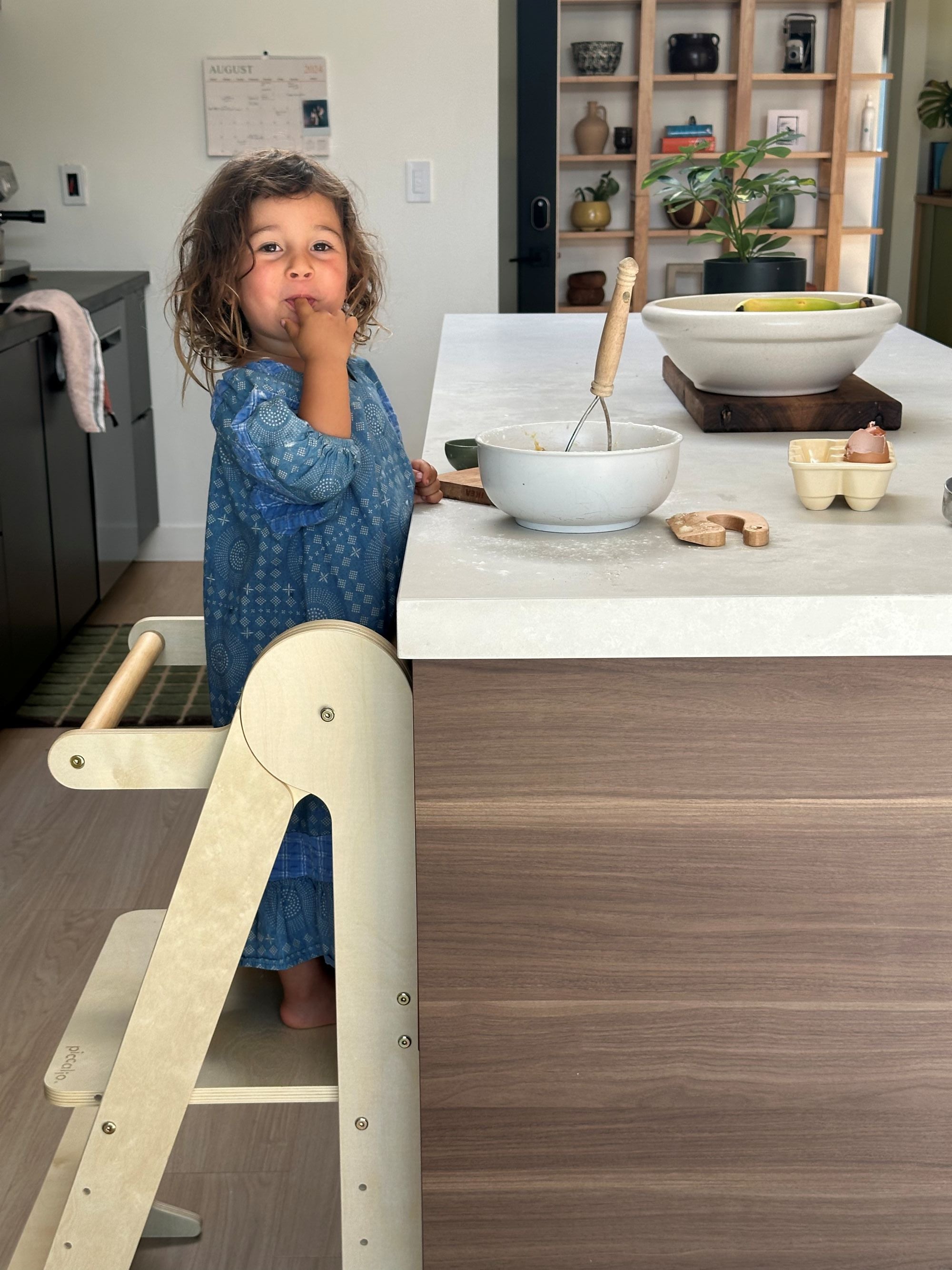

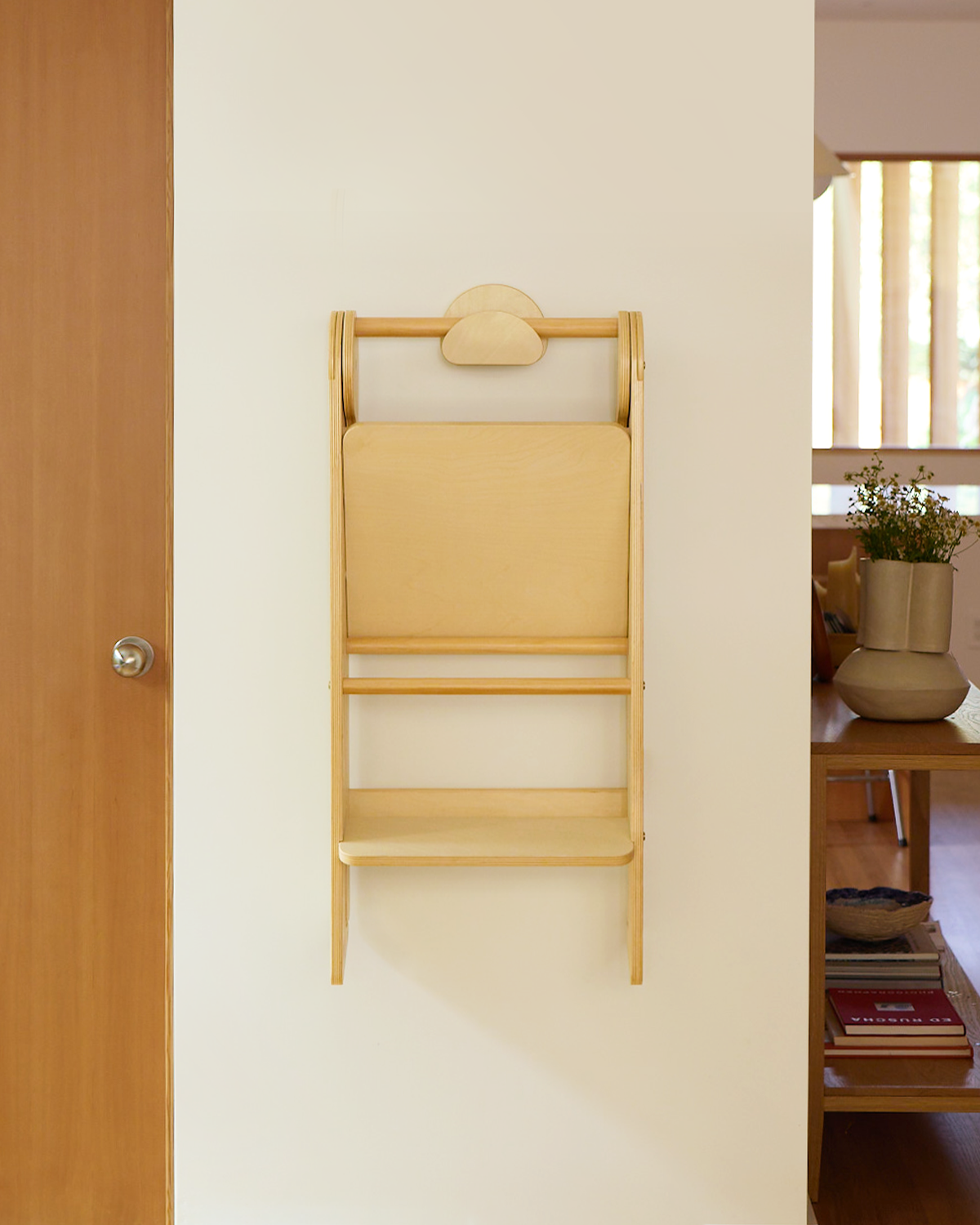
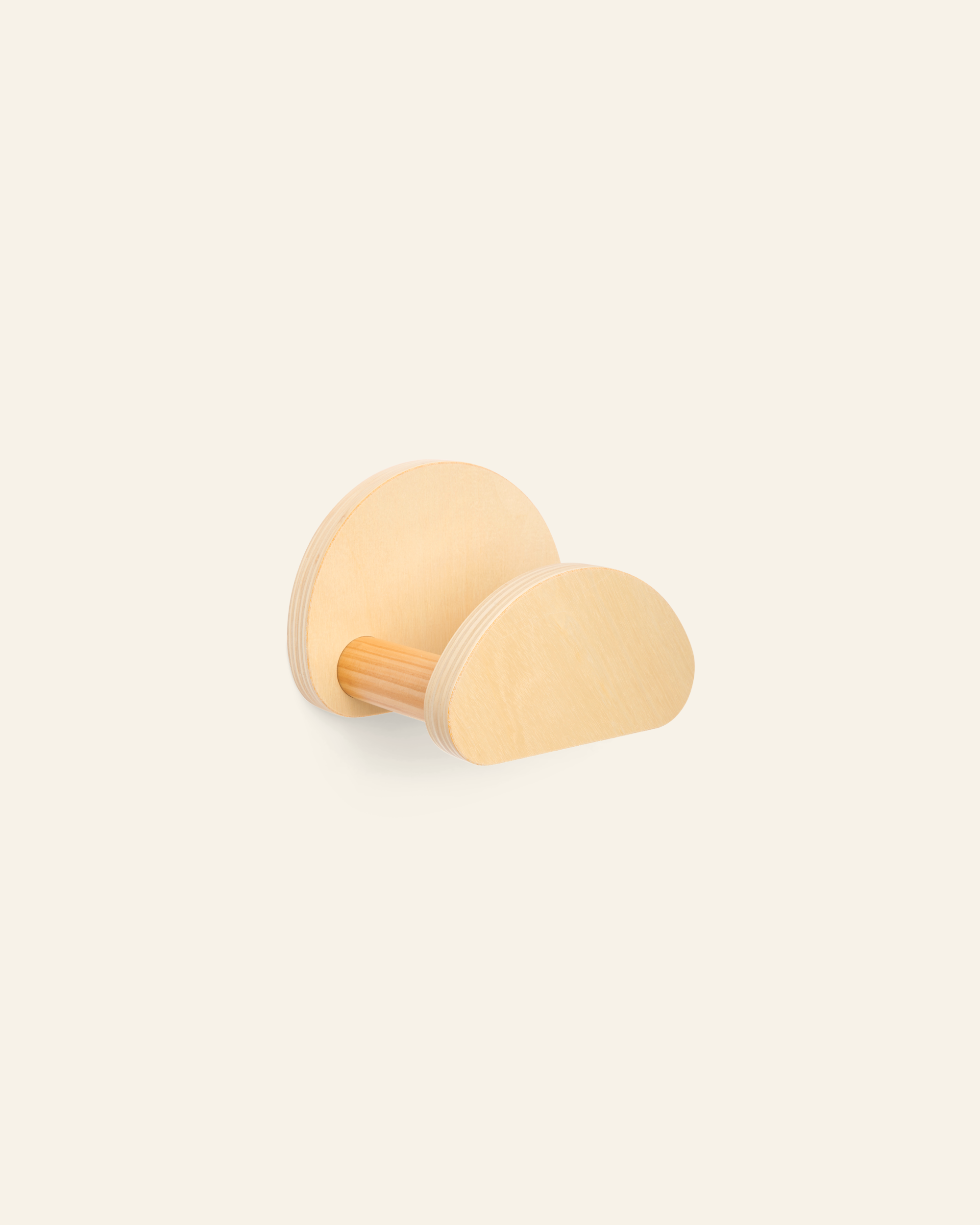
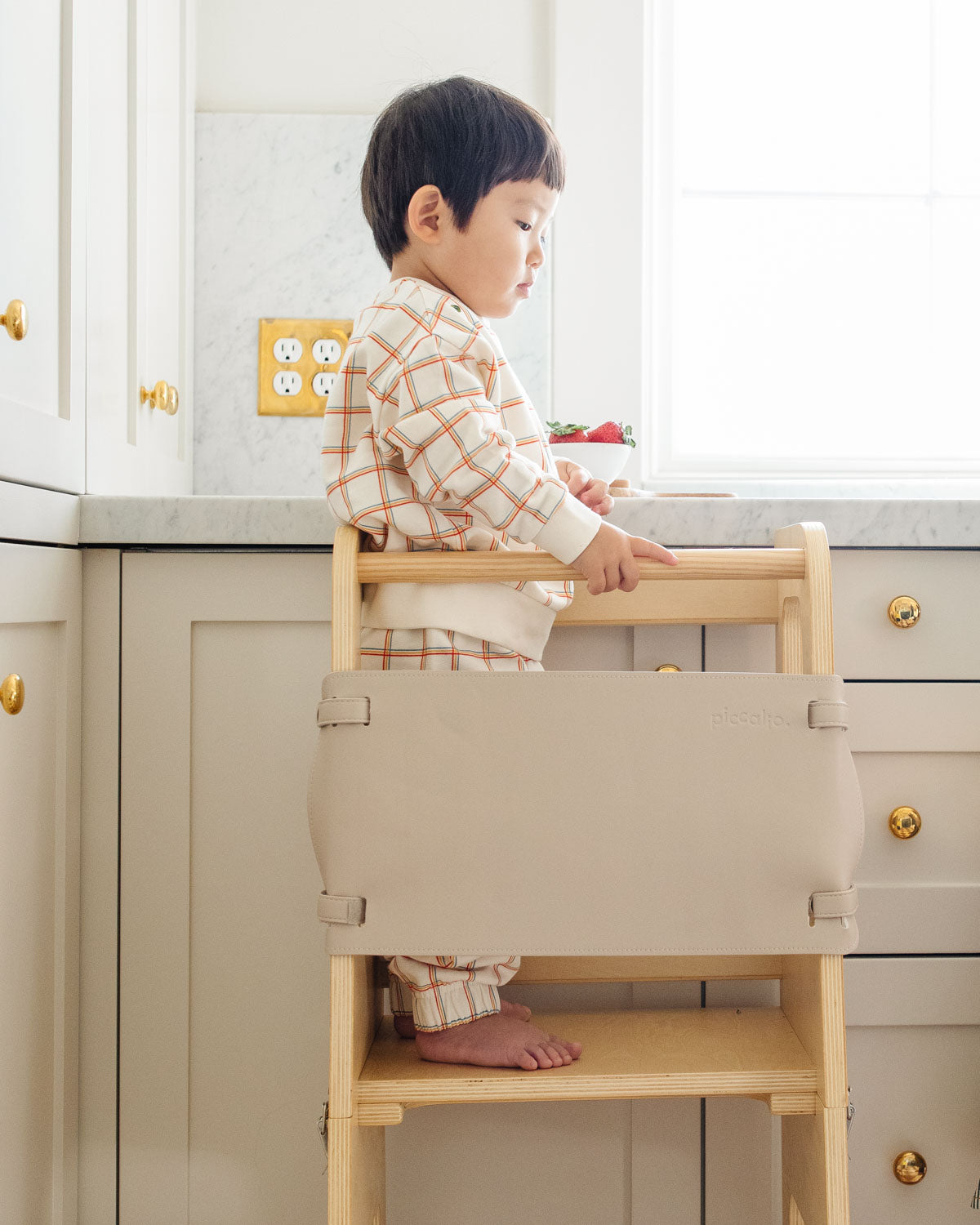
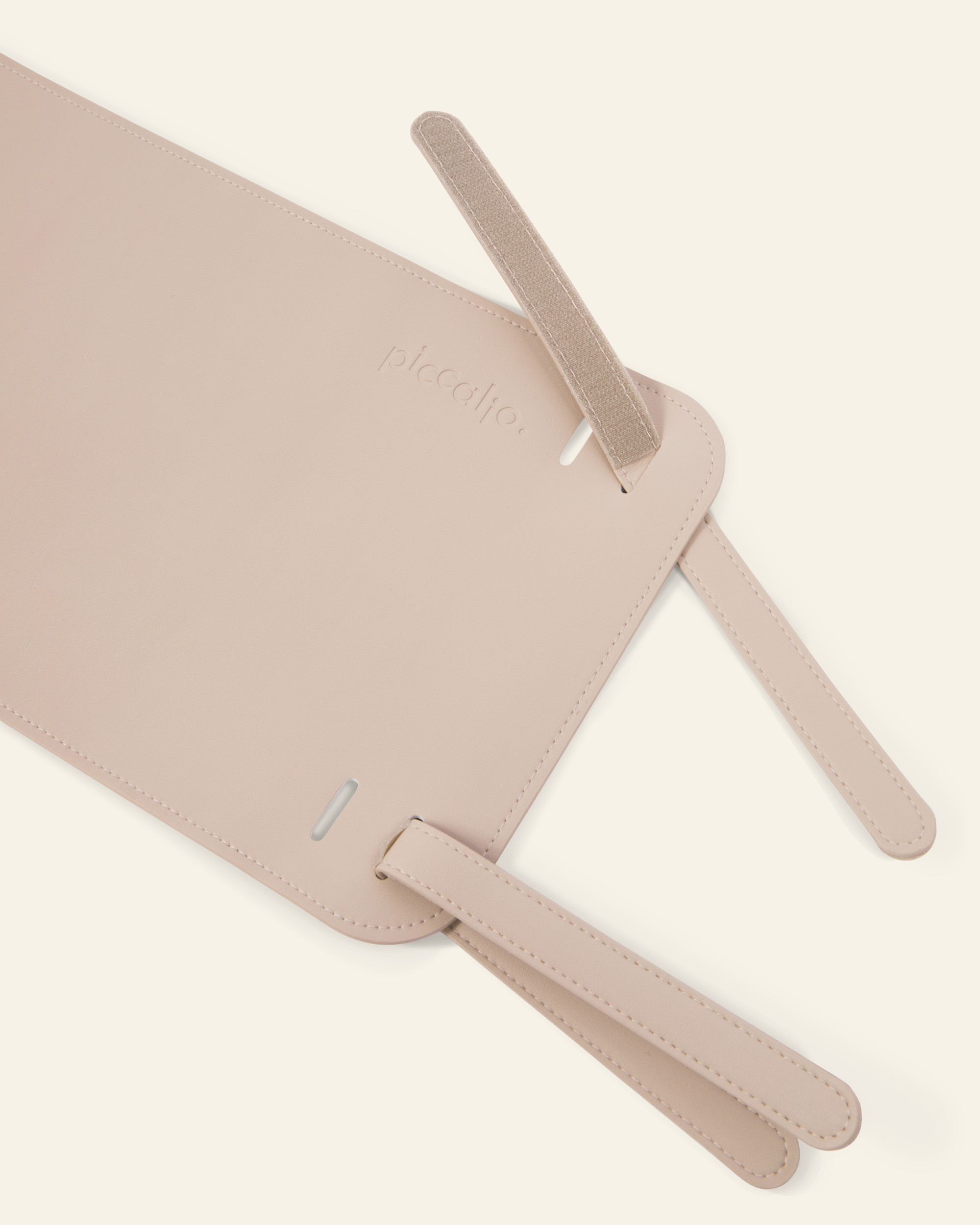
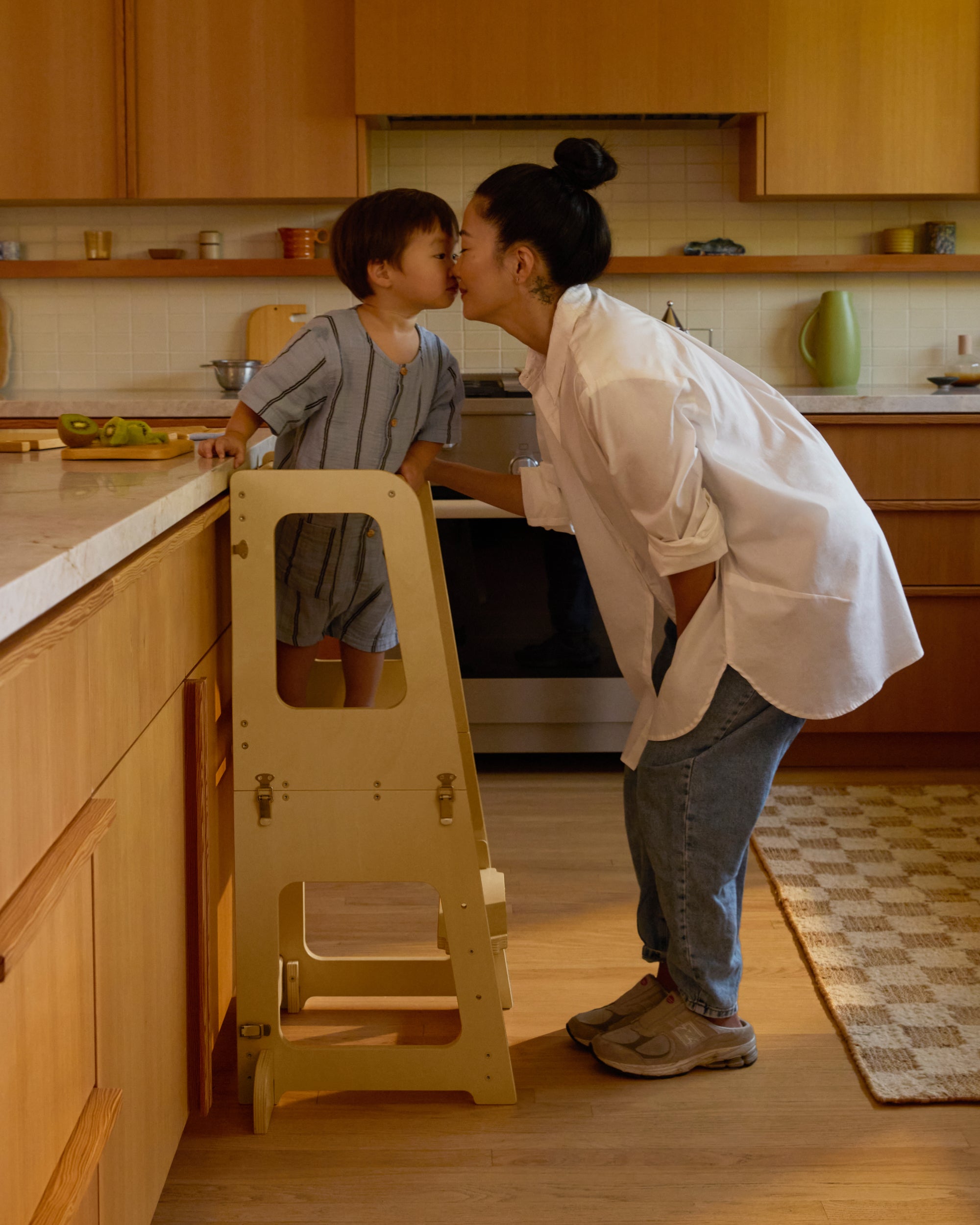
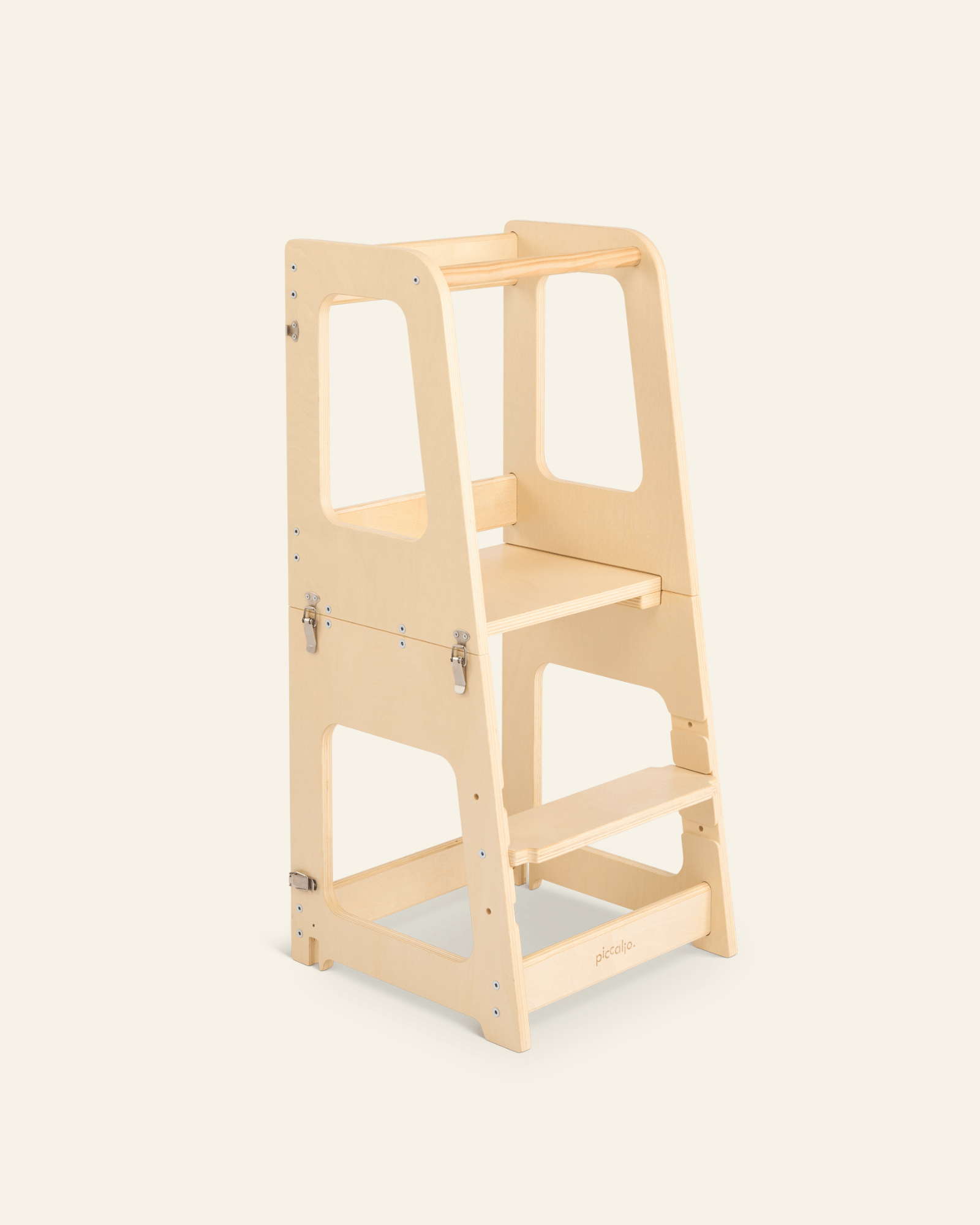
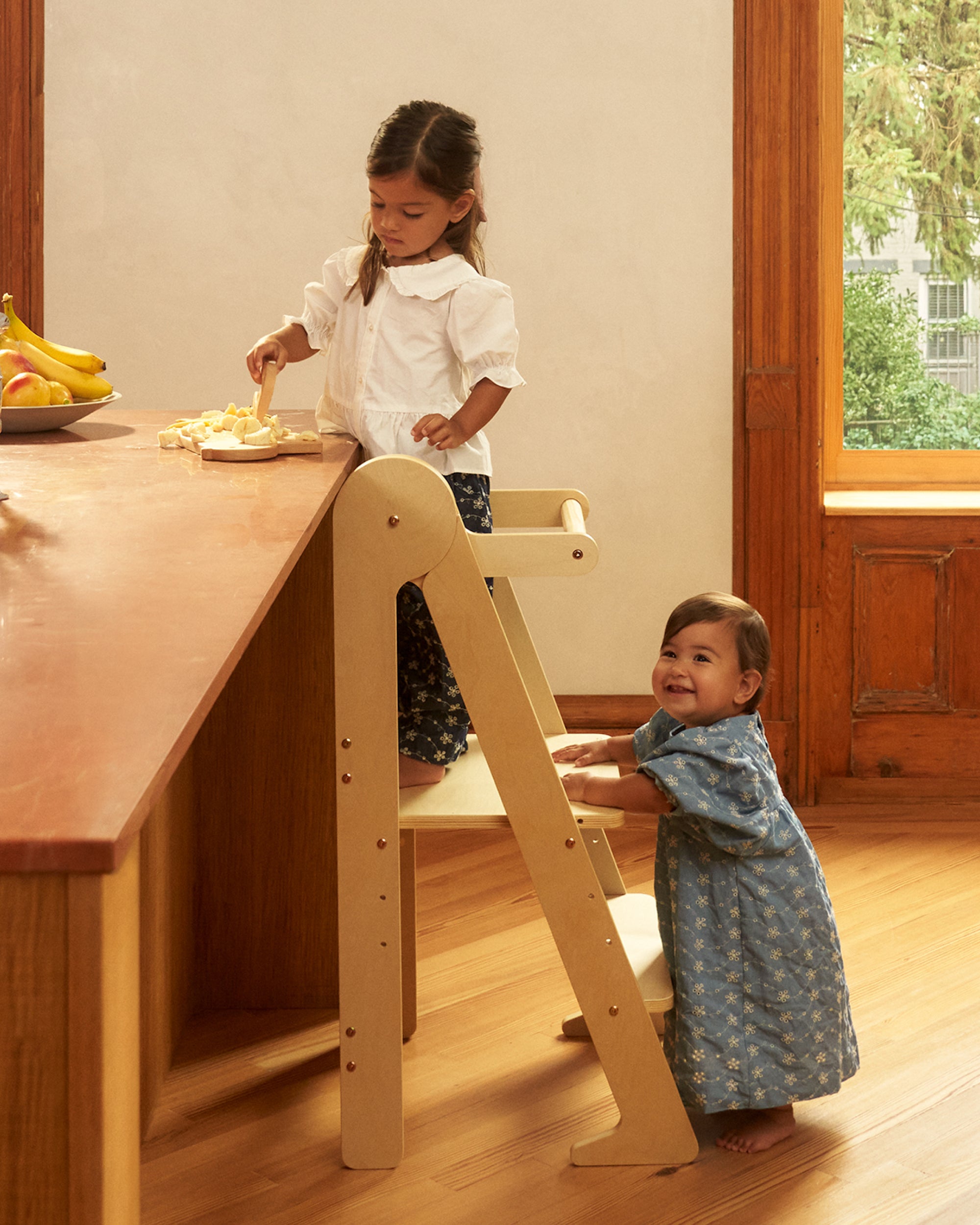
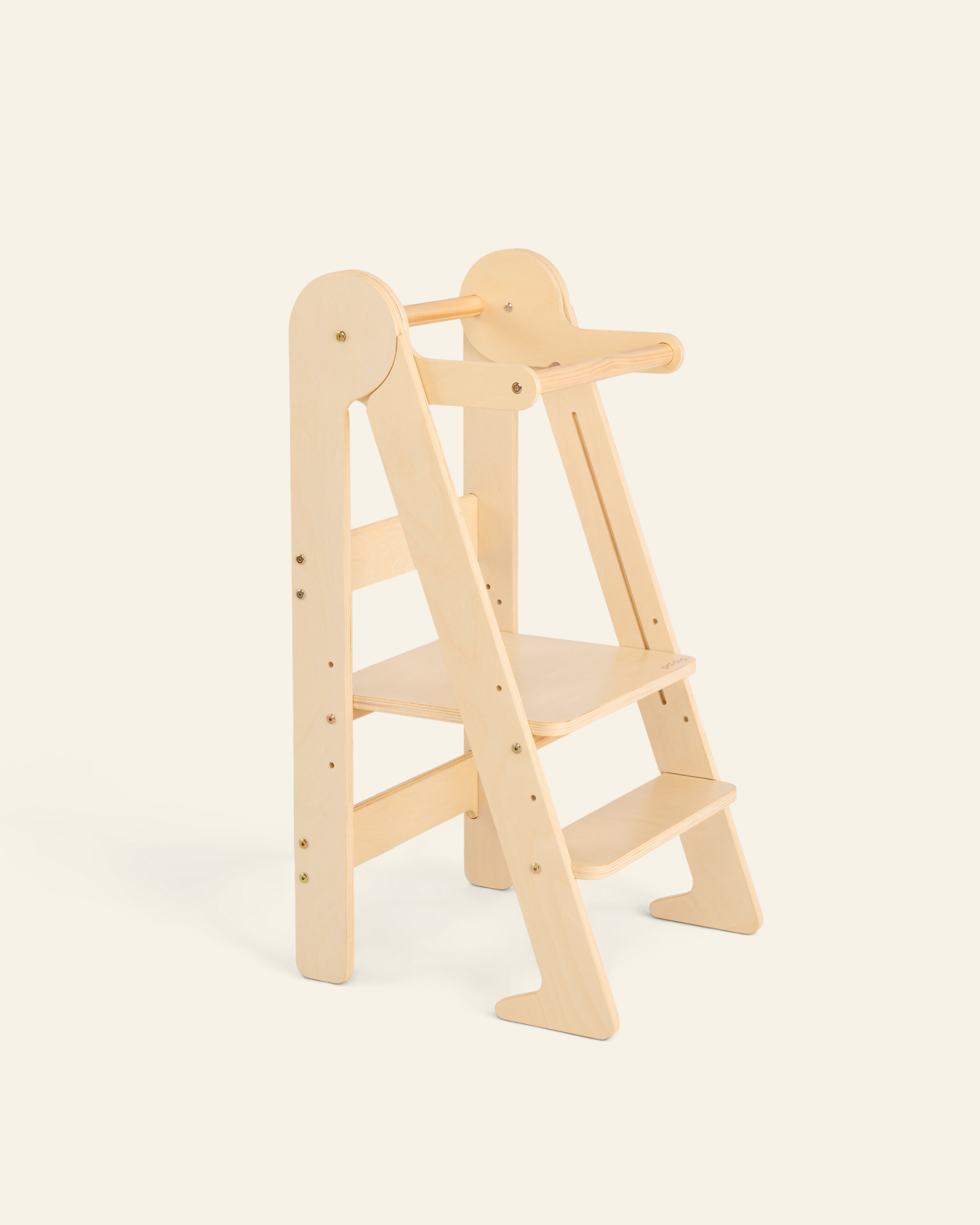
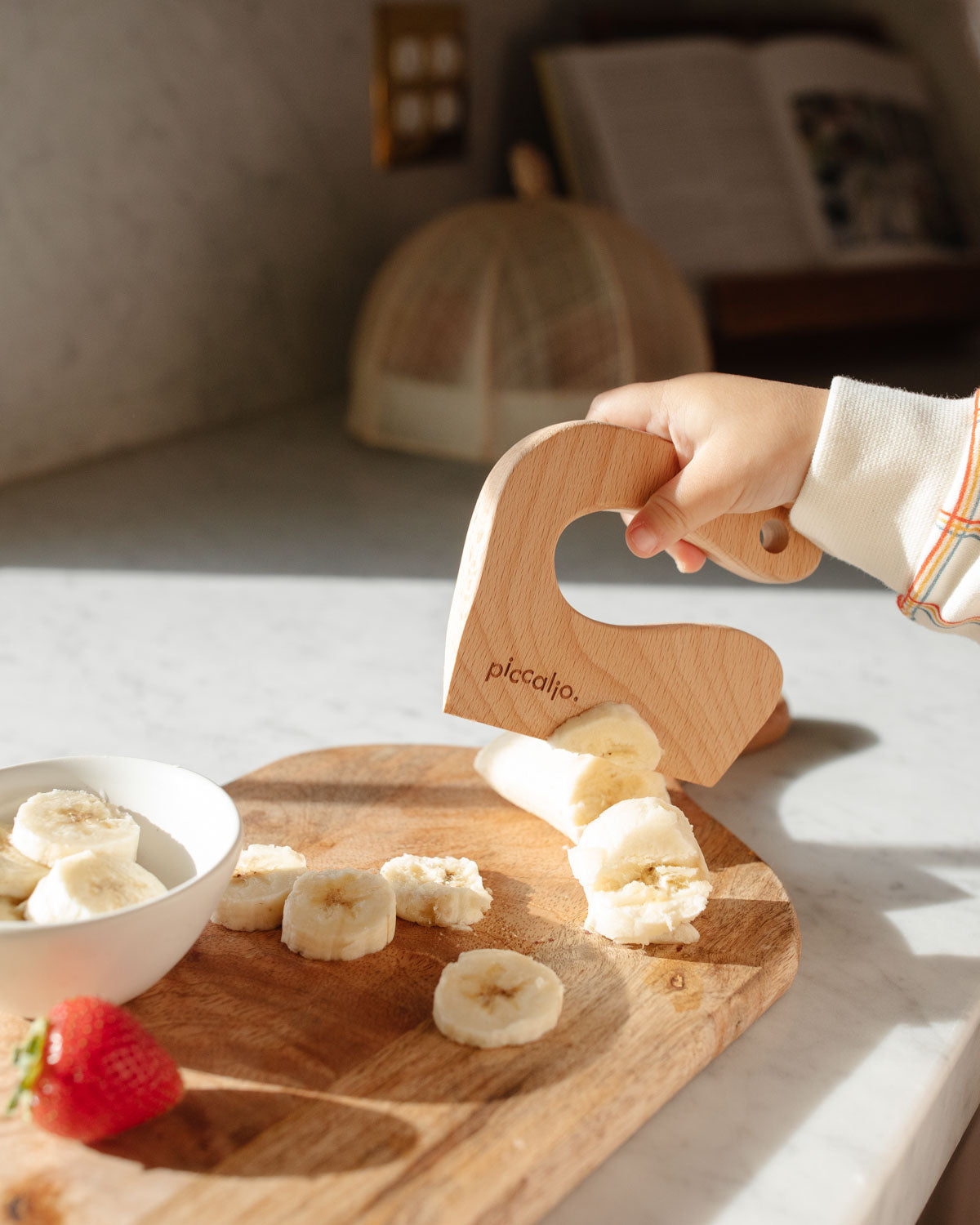
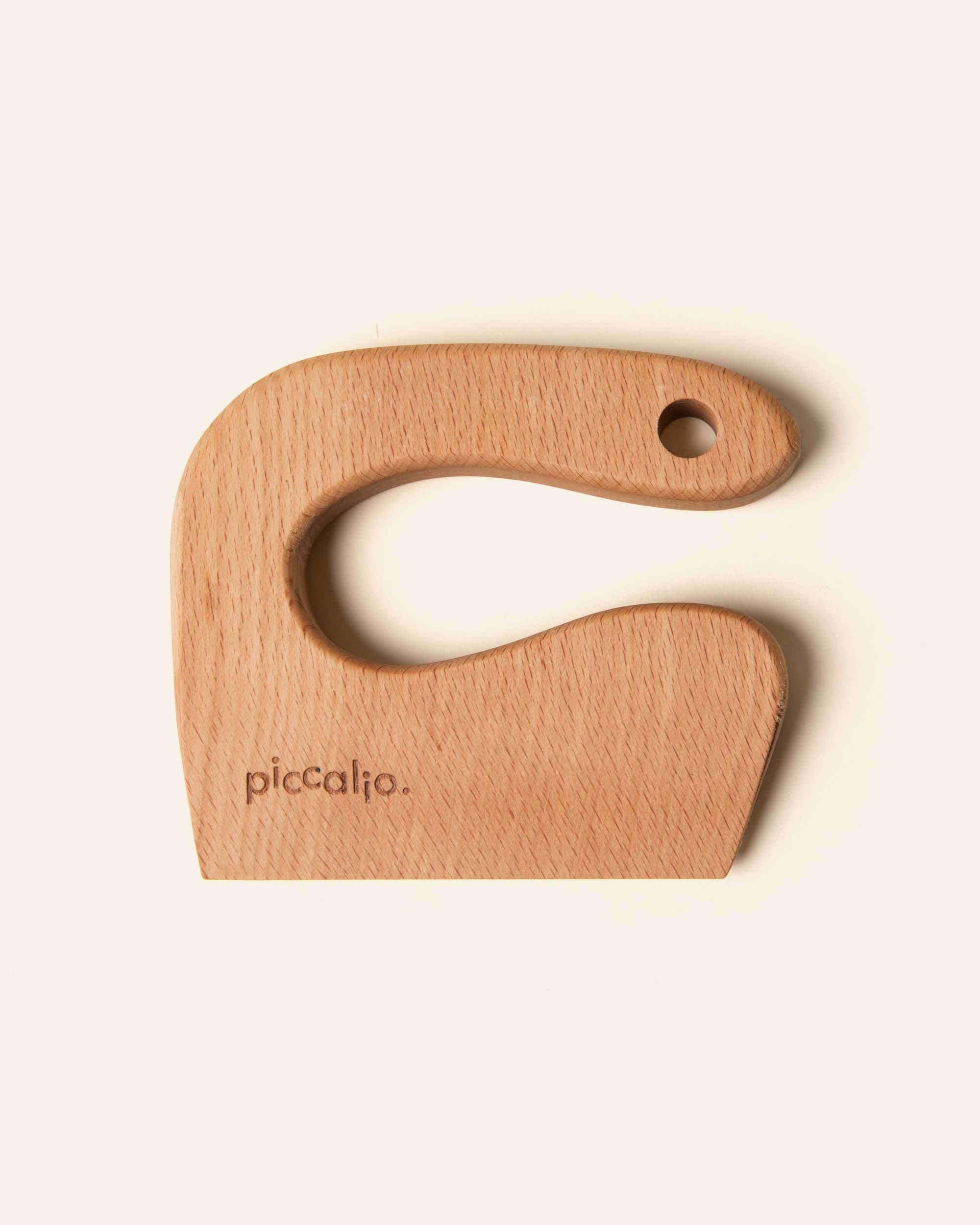
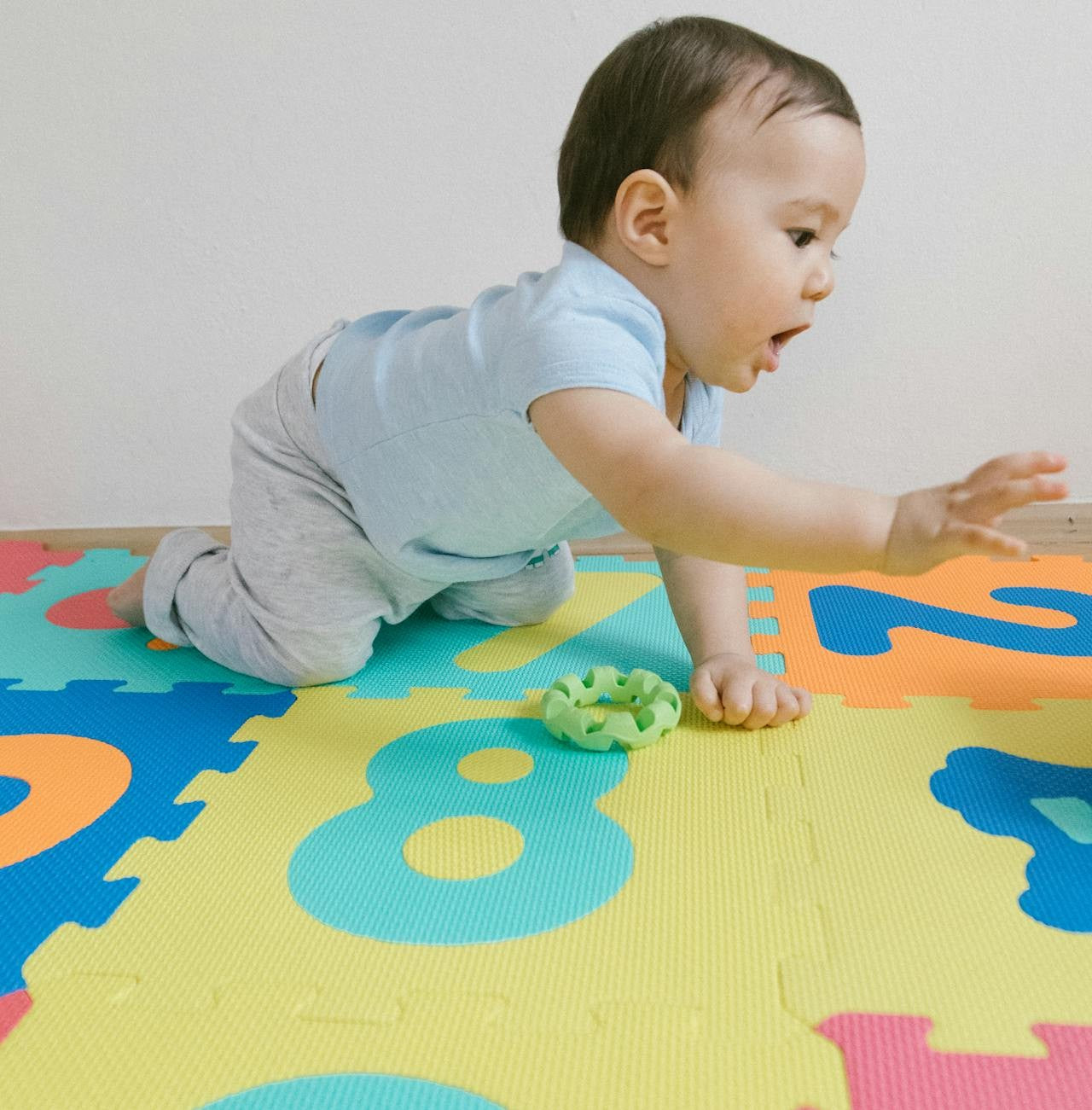

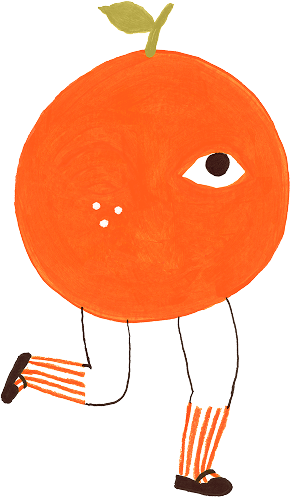
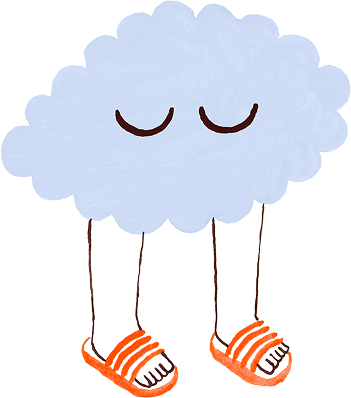
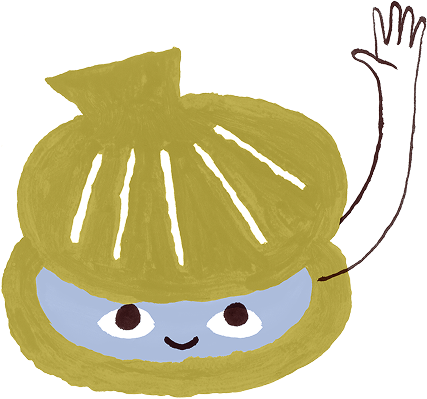
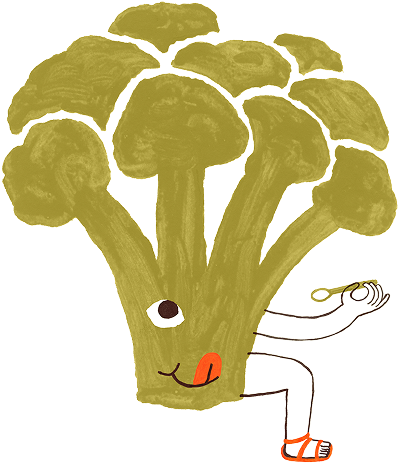
Leave a comment
This site is protected by hCaptcha and the hCaptcha Privacy Policy and Terms of Service apply.